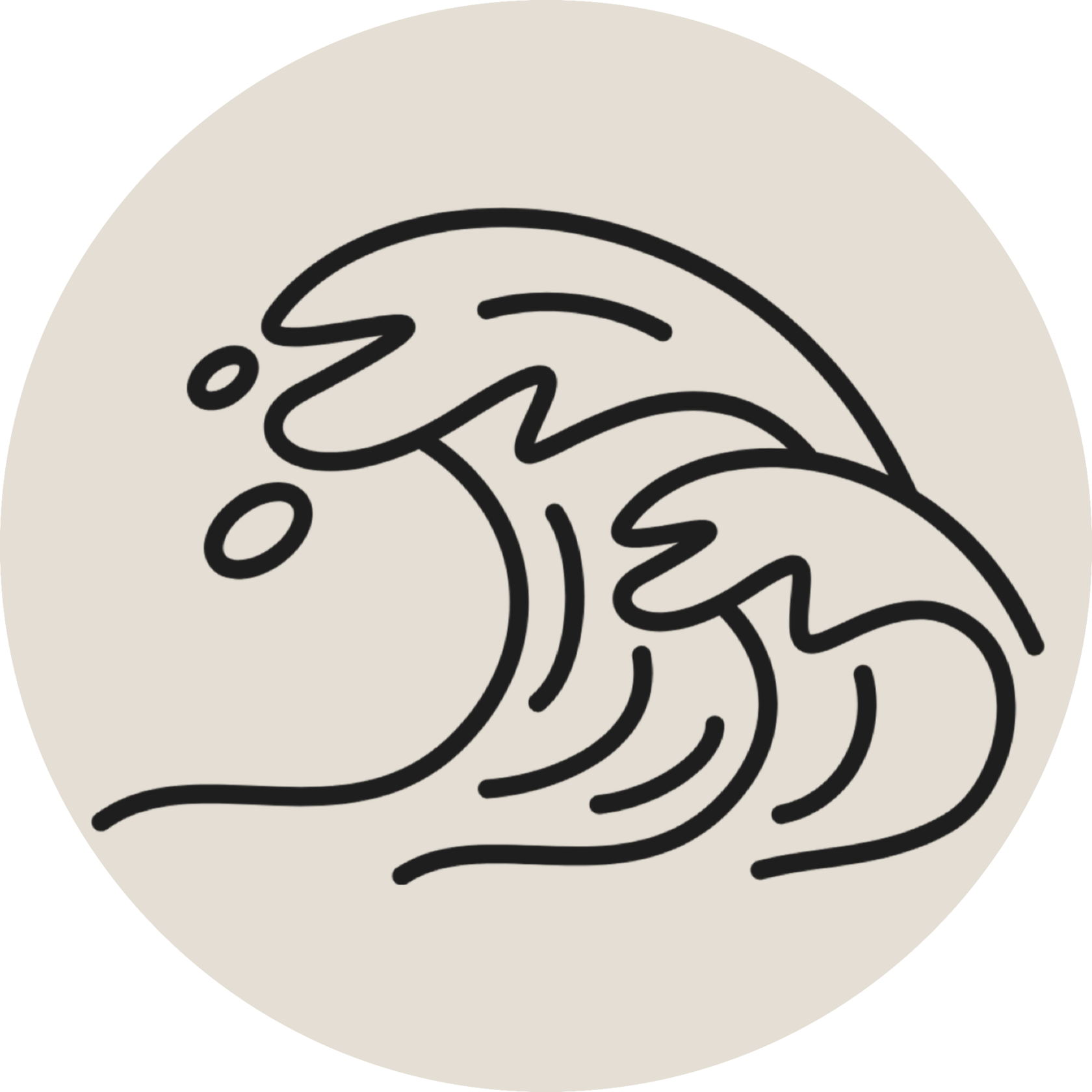art nouveau
Whether in the sinuous ironwork of Hector Guimard’s Parisian Metro entrances, the vibrant glass designs of Louis Comfort Tiffany, or the ethereal illustrations of Alphonse Mucha, Art Nouveau offered a universal aesthetic that infused art, architecture & everyday objects with elegance & a sense of the sublime. Philosophically, Art Nouveau was both a rejection of industrial mass production & a celebration of craftsmanship. Although the movement waned after World War I, it influenced later movements like Art Deco, shaping the trajectory of design & architecture, remaining a testament to the beauty of nature & the limitless potential of creativity.




a progressive artistic & design movement that emerged around 1890s, primarily flourishing during the Belle Époque period, characterized by its intricate & ornamental aesthetic. This movement sought to break away from the academic & historical styles of the time, emphasizing organic forms inspired by nature, asymmetry & a harmonious integration of art into everyday life. The movement's visual language celebrated the harmony between structure & ornamentation, blending functionality with aesthetic beauty, including architecture, visual arts, & decorative arts, with its distinctive features being sinuous lines, flowing curves & a fascination with botanical motifs. Art Nouveau aimed to create a Gesamtkunstwerk, or a "total work of art", by merging artistic disciplines & revolutionizing the concept of the unified artistic environment.
Gallery








names
Gustave Courbet
Édouard Manet
Honoré Daumie

